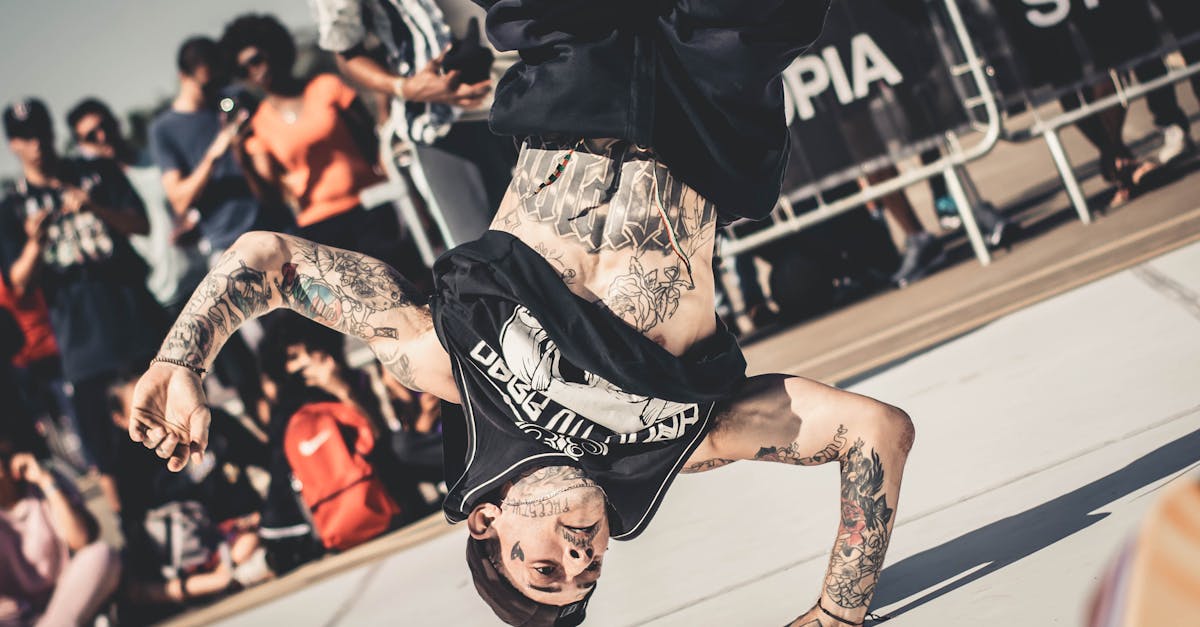
Introduction
The Brat Summer Movement, an emerging trend among Gen Z, exemplifies a new era in brand collaboration. With its roots in rebellious creativity and inclusive co-creation, it showcases the innovative spirit of the newest generation. Gen Z has been characterized by their digital fluency, progressive values, and desire for authenticity, all of which are reflected in the Brat Summer Movement. Unlike previous generations, they have a profound influence on brand narratives, using their unique voices to shape trends. As digital natives, they harness social media platforms to engage in powerful dialogues about inclusivity and creativity. This movement signifies a cultural shift towards more collaborative consumer-brand interactions.
What is the Brat Summer Movement?
The Brat Summer Movement is an initiative characterized by vibrant, rebellious expression combined with a distinct summer aesthetic. Originating on platforms like TikTok, it champions the celebration of individuality while mirroring the spirit of teenage films like "Clueless" and "Mean Girls." The aesthetic encompasses colorful clothing, casual styles, and playful vibes, often set against sun-soaked backdrops. This movement thrives on a basis of creativity, reflecting the outgoing and bold nature of the youthful demographic it represents. In essence, it’s a visual rebellion against monotony, encouraging a sense of freedom and uninhibited expression.
The Role of Gen Z in Brand Creation
At the heart of the Brat Summer Movement is Gen Z’s desire to co-create with brands rather than be passive consumers. This generation values authenticity, demanding transparency from brands they engage with. Unlike traditional marketing, which sells to consumers, Gen Z seeks brands that allow them to participate in narrative-building. They leverage social media to influence brand perception, using platforms like Instagram and Snapchat to express their preferences. Consequently, brands are increasingly inviting Gen Z to be co-creators, using polls, interactive features, and collaborative projects to involve them in product development, advertising, and community initiatives.
Why Brands are Embracing Gen Z Collaboration
Brands are increasingly drawn to Gen Z for their immense influence and digital engagement. With spending power growing annually, their impact on trends and purchasing behaviors can't be ignored. Their strong association with social causes—such as sustainability, diversity, and mental health initiatives—aligns with evolving consumer expectations. Brands see value in directly connecting with Gen Z to foster authenticity, as this demographic is less likely to support entities that remain stagnant or inauthentic. As trendsetters, Gen Z influences other generations, making collaboration critical for brands to remain relevant and forward-thinking.
Platforms Empowering Brat Summer Movement
Digital platforms have been instrumental in propelling the Brat Summer Movement, granting Gen Z the tools to inspire global change. TikTok, with its short-form videos and accessible editing tools, aids in viral content generation and rapid dissemination. Instagram's visual nature complements the movement's vibrant aesthetic, while Snapchat offers realtime storytelling. Platforms like these not only empower Gen Z creators but also promote community dialogue, transcending geographical boundaries. Social media acts as a catalyst, transforming ideas into movements, as demonstrated by the explosive growth and visibility of the Brat Summer Movement.
Key Challenges Faced by the Movement
Despite its vitality, the Brat Summer Movement faces challenges, particularly around maintaining authenticity amid commercial interests. There's a delicate balance between creative expression and monetization, as brands seek to capitalize on the trend without stifling its organic growth. Additionally, there's a risk of tokenism, where brands use inclusive messaging superficially rather than making substantive commitments. As the movement grows, navigating issues of cultural appropriation and ensuring diverse representation within the community becomes crucial, requiring thoughtful engagement from both brands and consumers.
Examples of Successful Brand Collaborations
Several brands have tapped into the Brat Summer Movement to collaborate effectively with Gen Z. Urban Outfitters, a leader in youth fashion, embraced this aesthetic by launching a limited collection co-designed with TikTok creators. Similarly, sportswear giant Nike incorporated Gen Z feedback into a sneaker line, engaging young athletes in sustainable practices. Cosmetics brands like Glossier use social media to foster direct dialogues, co-creating limited-edition products with fan input. These collaborations underscore the increasing importance of genuine engagement and shared values, ensuring continuing enthusiasm from Gen Z consumers.
The Future of Brand Co-Creation
The Brat Summer Movement signals a transformative shift towards more consumer-oriented brand collaborations. As digital ecosystems expand, opportunities for brand-consumer co-creation will multiply, making empathy, inclusivity, and transparency critical. The future will likely see brands leveraging augmented and virtual reality to immerse audiences in collaboration. Gen Z's influence prompts more responsive and dynamic partnerships, bridging cultural gaps and creating shared experiences that extend beyond traditional brand narratives. The movement acts as a blueprint for future brand engagement strategies, emphasizing the significance of adaptable and meaningful relationships.
Contributing to a Broader Cultural Dialogue
Beyond brand collaboration, the Brat Summer Movement adds voice to the broader cultural dialogue, addressing societal issues and personal empowerment. It amplifies calls for inclusivity, urging brands to go beyond mere representation and towards genuine involvement in youth conversations. This movement advocates redefined relationships with fashion, media, and technology, encouraging industries to adapt to Gen Z’s values. Additionally, it fosters a sense of community and empowerment among the youth, inspiring further movements around political, social, and environmental causes. This engagement exemplifies how culture can intersect with commerce to generate positive change.
Conclusion
The Brat Summer Movement embodies a powerful cultural and economic force shaped by Gen Z's investment in co-creation. Its impact traverses beyond aesthetics, redefining how brands connect with consumers in a digital age. This movement underscores the pressing need for authenticity, inclusion, and transparency in brand interactions. As Gen Z continues influencing trends, both brands and society at large stand to benefit from their inclusive and creative approach. Ultimately, the movement marks an evolution in consumer culture, heralding a future of collaborative, meaningful engagement between brands and diverse communities.